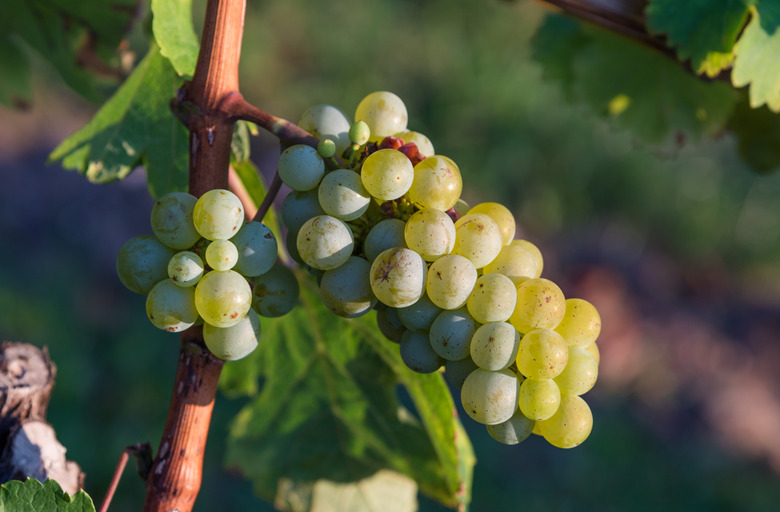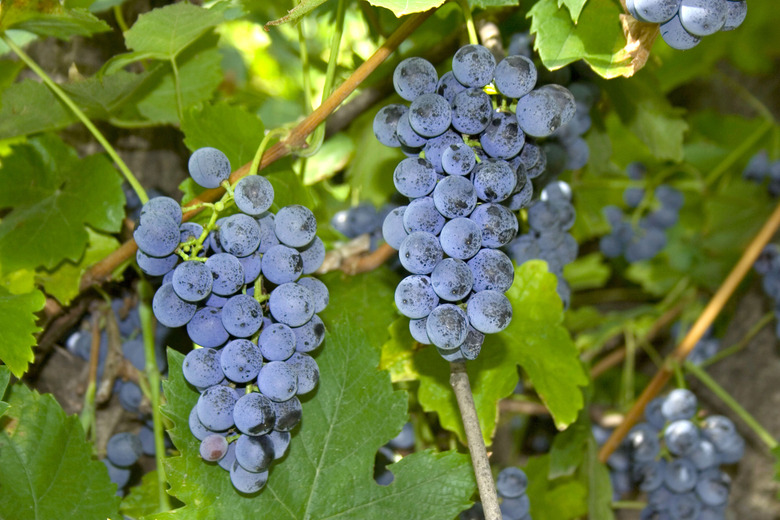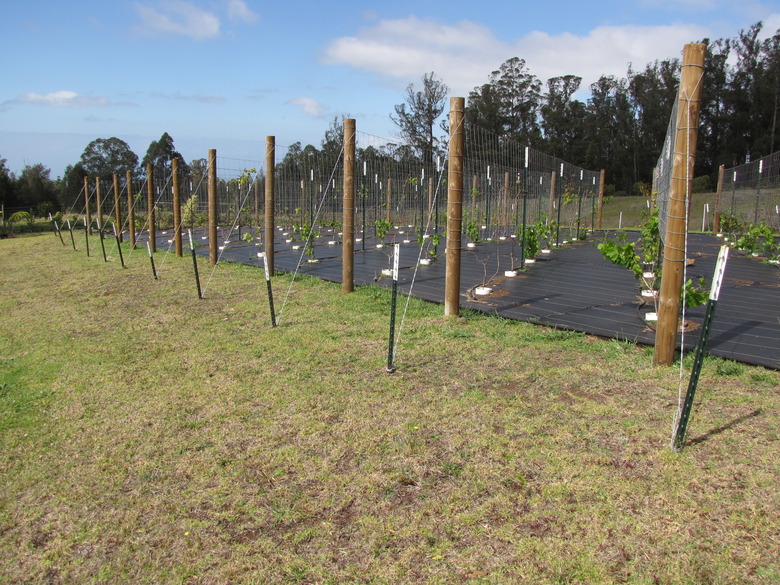How To Prune Grapevines In Arizona
As woody, deciduous vines, grapes grow well in many parts of Arizona. Regardless of where you are located though, pruning is a crucial part of grape growing.
Pruning grapes after the first growing season is essential to a consistent, quality crop. You can expect to harvest fruit in the third growing season.
Growing Grapes in Arizona
Several varieties of grapes can be grown in Arizona depending on the region. The European grape (Vitis vinifera, USDA plant hardiness zones 6 to 10) grows best in climates with hot summers and moderate winters. Therefore, they are best suited for lower elevations between 70 and 4,500 feet above sea level in Arizona.
Several European grape cultivars produce seedless grapes. European grapes are often grown as table grapes that can be eaten fresh.
American grapes (Vitis labrusca, zones 5 to 8) and French hybrid grape varieties are more cold hardy than the European grape and grow best at higher elevations in Arizona. These grapes are used for wine making as well as for making jams and jellies.
Training Grapevines
Grapevines in Arizona need to be trained during the first growing season to establish a straight main trunk and allow the plant to develop a robust root system.
To do this, you'll want to wait until the vines have developed shoots that are 10 to 12 inches long. Select the straightest shoot to serve as a trunk and tie it to a stake. Remove the rest of the shoots. At the end of the first year, cut the main trunk to a height of about 42 inches.
When the vines begin to develop branches, they need to be trained on a support, such as a trellis.
When to Prune Grapevines
A method known as cane pruning is best suited for home gardens. Without pruning, a grapevine will produce many clusters of small, low-quality fruit. How you should prune the vines depends on where the vines are in their development.
Pruning Newly Planted Grapevines
**Grapevines need to be pruned once they have gone dormant after their first growing season.** The goal is to leave a total of four fruiting canes and remove the rest. Choose two fruiting canes near the top of the main trunk and another two further down, closer to the ground.
Once you have removed the rest of the canes, you'll want to cut back the four canes you selected, leaving only two buds per cane.
Tip
After the first growing season, prune grapevines, leaving behind four fruiting canes cut back to two buds each.
Pruning Mature Grapevines
During the second growing season, grape plants will develop many new fruiting canes in addition to the four that remained from the previous year. Remove any grape bunches that develop in the second year to allow the vine to put energy into developing.
Tip
To ensure that they develop properly, grapevines should not be allowed to set fruit until their third growing season.
In the winter after the second growing season, you'll want to once again choose two canes toward the top of the main trunk and two toward the bottom to remain on the plant. Each cane will have between 8 and 12 buds. In addition, you'll want to select a cane adjacent to each of the four canes and cut them back to two buds.
**This process should be repeated each winter when the vines are dormant.** Once the vines are producing fruit consistently each summer, be sure to remove the canes that have fruited in the winter.


